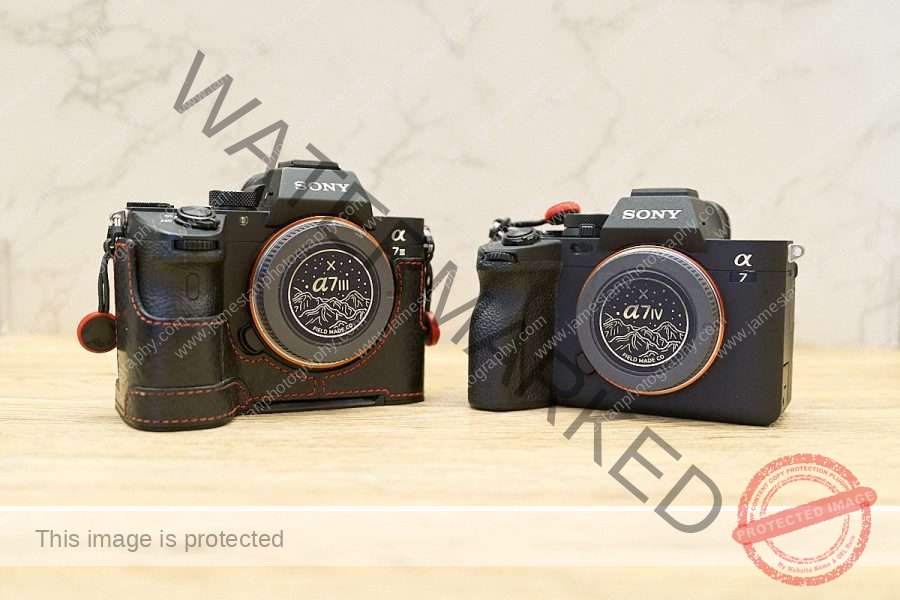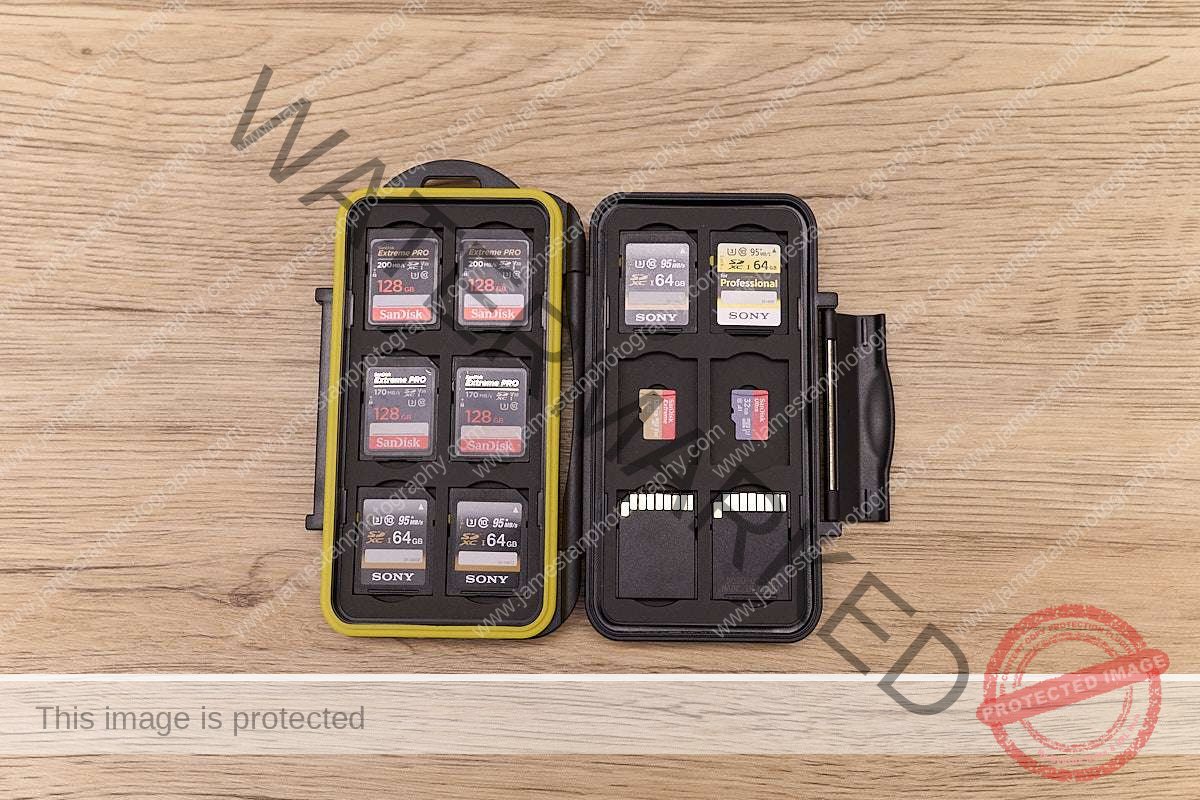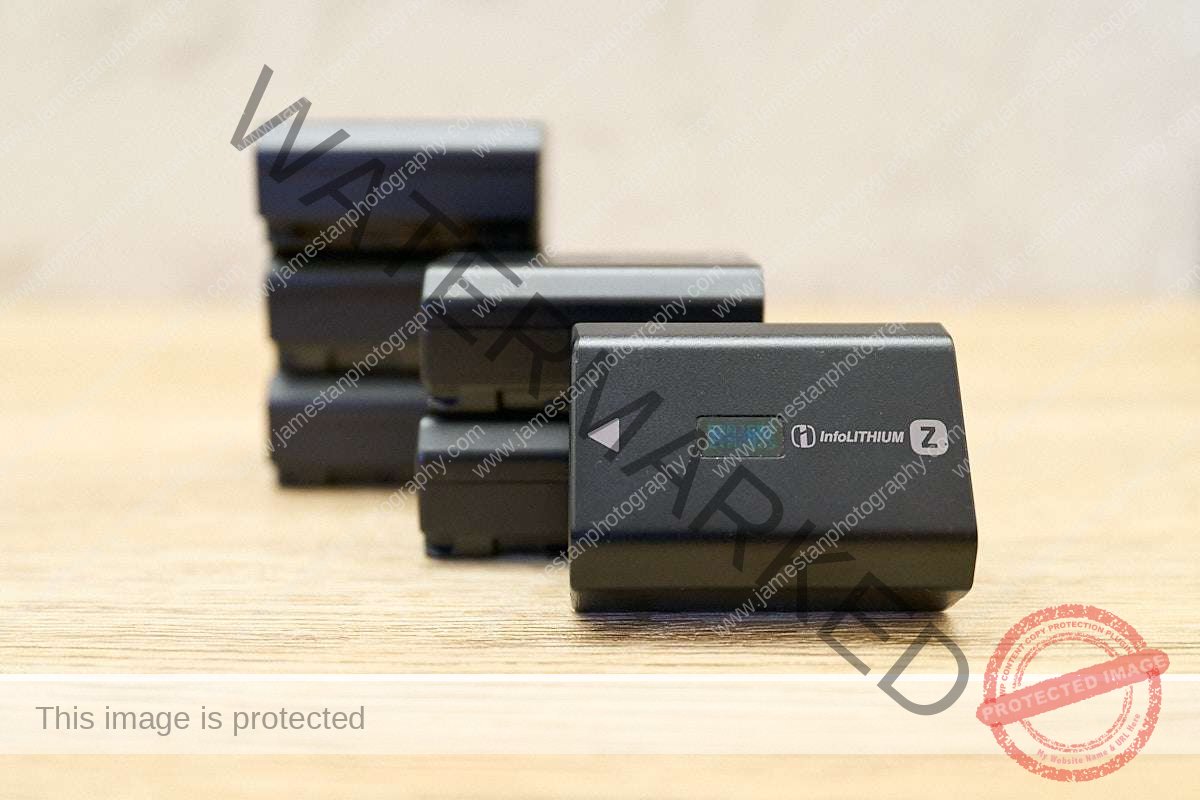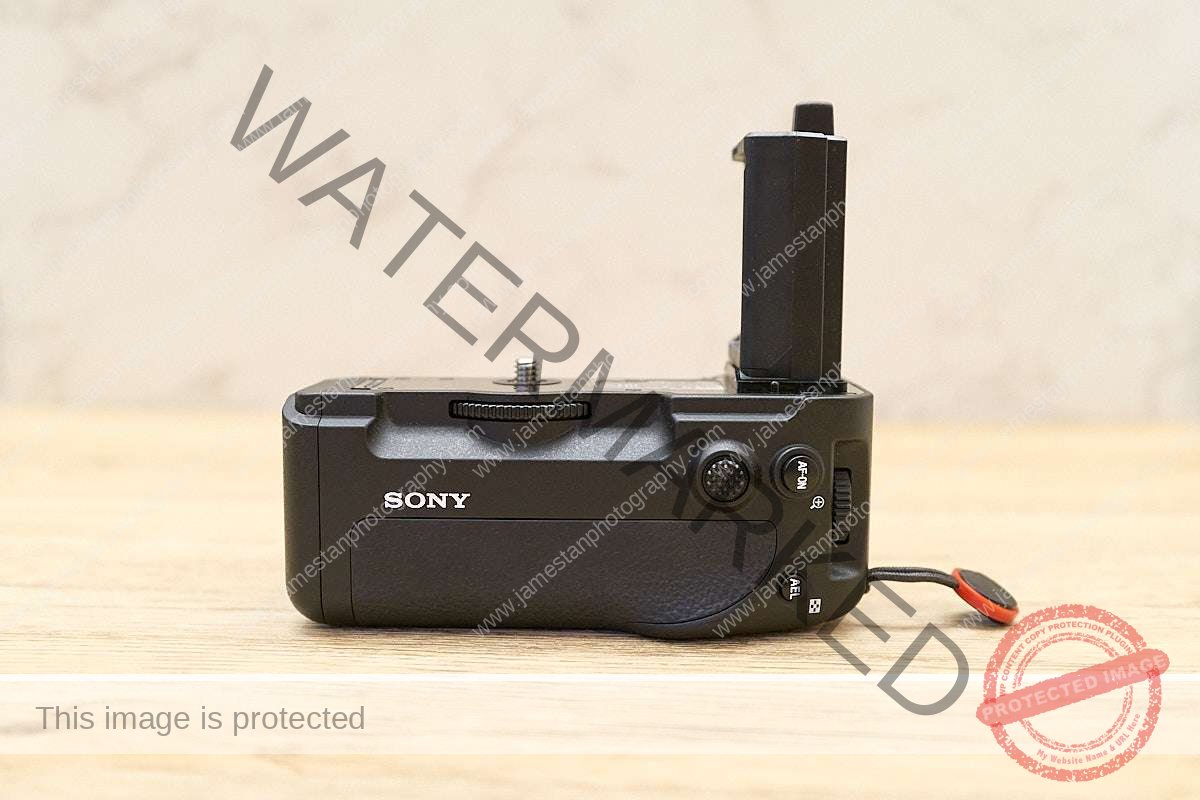Are you curious about what photography gear to bring for your first paid event or wedding shoot? And the worst, you are the sole photographer for the whole photoshoot. You might hear that the essence of shooting solely is backup. You must ensure you can carry out the photoshoot even if any part of your equipment breaks.
Yea, they rarely break, but the accident does happen in the least expected way. Is it necessary to bring your entire collection of photography gear along? In short, no. I compile the following list to show you what gear I use and why I use them during an event/wedding shoot.
I am a Sony shooter; hence I will always refer to the gear available to Sony cameras. However, the rationale behind this also applies to other brands (I also indicate a general spec/model for other brands). I split this topic into 3 posts to avoid a “mega post”, and I will talk about camera-related items in this post.
1. Cameras
What do I use?
Sony A7 III and A7 IV.
Tips #1
Use the same brand’s cameras in order to share the batteries, lenses, and similar control interface.
Why?
There are a few important factors to consider when choosing a camera for an event and wedding shoot.

I believe most modern full-frame mirrorless cameras from any brand can easily fulfill the criteria above. However, it was not the case before the Sony A7 III was introduced in 2018. The earlier generation full-frame mirrorless cameras undoubtedly failed all the above requirements (with a day and night difference).
Tips #2
The same brand’s cameras in the same-generation/one-generation-different usually offer similar image quality and control interface. Therefore, the primary and backup camera is not necessary to be the same model.
Sony A7 III and A7 IV offer indistinguishable image quality despite having 24MP and 33 MP sensors, respectively. I bought the A7 IV for its improved AF performance and upgraded video functions for other projects.
Full-Frame Or APS-C?
In short, full-frame. Full-frame cameras still have an edge over APS-C cameras in the high ISO performance. In order to prevent motion blur, you have to set the shutter speed to at least 1/160s. You will be surprised that many indoor shots will easily hit the ISO 10000 mark with that shutter speed at the F2.8 aperture.
Tips #3
Full-frame Sensor ISO = Crop Sensor ISO * Crop Factor * Crop Factor
Generally, APS-C cameras produce comfortable/acceptable noise at ISO 3200/6400. In contrast, full-frame cameras can comfortably handle noise at ISO 6400/12800. Still, please don’t forget to factor in the crop factor. ISO 3200 on an APS-C camera with a 1.5x crop factor will produce noise level equivalent to ISO 7200 on a full-frame camera (things get more complicated when factoring in the sensor resolution difference, but let’s keep it simple here).
Are Super High Megapixel Cameras Suitable For Event And Wedding Shoots?
I will say no. There are some considerations if you intend to use high-megapixel cameras (e.g., 61MP Sony A7R IV/V) for event and wedding shoots:
2. Memory Cards
What Do I Use?
Sandisk Extreme Pro and Sony UHS-I SD cards with 64GB or 128GB storage space.
Why?
I use a 128 GB SD card in the camera’s slot 1 as the master memory card for the entire event. I put a 64GB SD card in the camera’s slot 2 as the backup and changed it at each logical event break, e.g., bride’s house, solemnization, banquets, etc.

Tips #4
Smaller storage space SD card could have slower read/write speed. Watch out for the specification when getting SD cards of different speeds.
This setup allows me to:
- Use a single master SD card to import all photos
- Have a few copies of different parts of the event in case the camera is lost
Tips #5
Please do not delete the photos from the SD cards until your clients receive their shots happily.
In case you wonder, a 128GB SD card is sufficient for a 8-hour full-day event/wedding shoot with Sony A7 IV’s 33MP lossless RAW + medium size X.FINE Jpeg (it can hold approximately 2200 shots).
Tips #6
UHS-II SD cards have a few different read/write speeds. Some are even slower than a UHS-I SD card.
UHS-I SD cards have fast enough writing speed for shooting “MID” bursts in uncompressed/lossless compressed RAW. Interestingly, SanDisk dramatically increases their UHS-I SD card read speed from 95 MB/s to 200 MB/s (it means the speed of transferring a photo to a computer is 2 times faster). As a rule of thumb, always purchase the memory card from a reputable retailer/brand.
3. Batteries
How Many Battery Is Required?
It depends on your camera model and your shooting style. For example, the original Sony NP-FZ100 battery lasts approximately 700+ shots on Sony A7 III and 600+ shots on Sony A7 IV. You usually get more shots when taking burst shoots. However, burst shoot intensity does impact the battery life differently. For example, using the “HI” or “HI+” settings in burst shoot will significantly drain more battery life than the “MID” setting.
I made the following table for a clearer view of the battery usage according to my camera setup.

| Event Duration/Type | Sony A7 IV (Mounted with telephoto lens) | Sony A7 III (Mounted with wide-angle lens) |
|---|---|---|
| 1 – 3 Hours Seminar/ Workshop/ Townhall | 1 Battery | 1 Battery |
| 6 – 10 Hours Wedding Actual Day | 2 Batteries | 1 – 2 Batteries, depends on the scenes |
| 10 – 14 Hours Wedding Actual Day | 3 Batteries | 2 Batteries |
I use a dual-camera setup, with the Lossless Compressed RAW + X.Fine medium-size JPEG written into two SD cards simultaneously and “MID” in burst shoot. I usually bring 6 Sony NP-FZ100 batteries for my two-camera setup on a full-day wedding shoot (around 10 – 12 hours). It is always good to carry extra one or two batteries in case any battery gets faulty.
4. Camera Vertical Grip
What Do I Use?
I use a Sony VG-C4EM vertical battery grip on my A7 IV. A few third-party manufacturers make brilliant vertical grips. Unfortunately, only a few reviews were available for Sony A7 IV’s third-party vertical grips when I looked for one in 2022.
Why?
The vertical grip holds two batteries simultaneously to double the battery life. However, I choose it for another reason – the ergonomics.

I tend to shoot vertically more often when using telephoto lenses. I usually pair an 85mm fast prime or the Tamron VXD 70-180mm F2.8 on my Sony A7 IV. The higher megapixels sensor allows me to have more room for cropping to get a closer look. A vertical grip helps a lot to relieve hand fatigue from the over-arching posture. It can reduce the front-heavy issue if you use a heavy lens on a mirrorless camera body.
Closing Thoughts
It doesn’t matter if you choose Sony, Nikon, or Canon. Modern full-frame mirrorless cameras introduced after 2018 are sufficient for most events and wedding photoshoots. When allocating the budget, you must cater for the primary camera, a secondary (or backup) camera, 2 ~ 3 lenses, 3 ~ 6 camera batteries, 1 ~ 2 chargers, 6 ~ 10 memory cards (recommend at least UHS-I 64GB), some accessories, and a PC/laptop that can smoothly process thousands of RAW photos at one go (if you don’t have one currently).
Choose the one you prefer and fits your budget, then familiarize yourself with the camera. The customized shortcut buttons, continuous AF performance (some brands call AI/Servo/AF-C), and ISO limit (modern full-frame cameras are great at ISO6400/12800). It helps ease your tension during the actual photoshoot as you know your camera is “in-controlled”.
This post wraps up the camera-related topics for the event/wedding photoshoot. Below are the links for parts II and III.
Is This Post Helpful To You?
I started this site with the intention of sharing my learning and working experience in photography. It takes significant time and cost to pick up and learn a new gear/technique, and then draft a post to share with everyone. The effort is worthwhile if it helps you and others save unnecessary time and money. I would be glad if you benefit from my content, and you may leave a one-off tip to keep this site running.
Besides, you may support this site by making your purchase through the affiliated links below. The product price is the same when you use the affiliate link, but a qualified purchase earns me a small commission. As an Amazon Associate I earn from qualifying purchases.
Any Link To The Mentioned Products?
As a regular online buyer of photography equipment, I understand the anxiety about getting a fake or faulty product. However, buying from online stores is more convenient and has a more attractive offer sometimes. Therefore, I only recommend two types of product links I generally use for my online purchase:
- Official product page, for you to find out more details about the product, and buy from them directly (if applicable)
- Amazon page. I recommend to buy the product with the option “Ship from” and “Sold By” Amazon “xx”, where “xx” is a country code like US, SG, JAPAN, etc.
Some product pages are affiliate links. The product price is the same when you use the affiliate link, but a qualified purchase earns me a small commission to support the cost of running this site so I can provide more photography content for free regularly.
As an Amazon Associate I earn from qualifying purchases.
Mentioned Product Links
Some of the mentioned products in this post are available in the following table (the official site and Amazon page).
| Products | Official Site | Amazon |
|---|---|---|
| Sony A7 III | Sony A7 III | Amazon – Sony A7 III |
| Sony A7 IV | Sony A7 IV | Amazon – Sony A7 IV |
| Sony VG-C4EM vertical battery grip | Sony VG-C4EM | Amazon – VG-C4EM |
| Sandisk Extreme Pro SD cards | Sandisk Extrem Pro | Amazon – Sandisk Extreme Pro |




